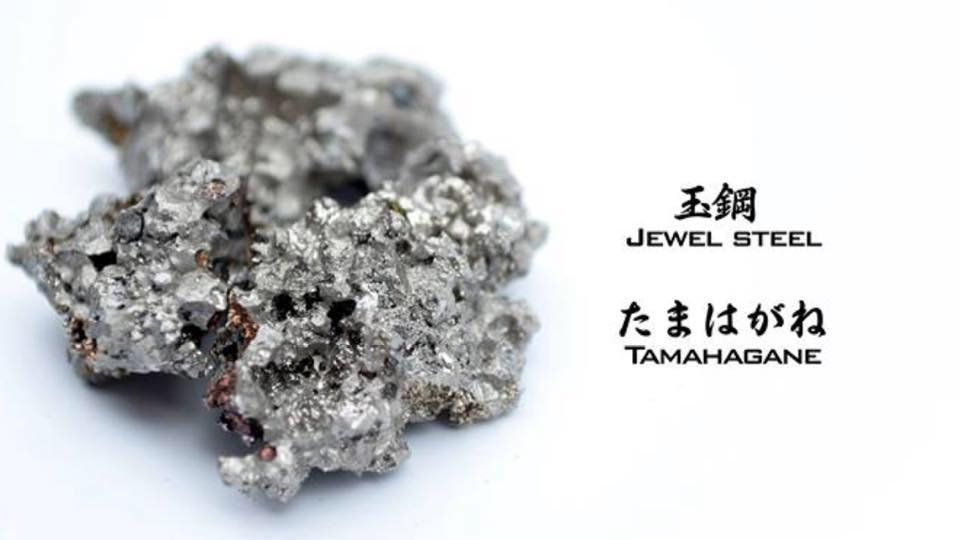What is TAMAHAGANE steel?


Traditional Japanese swords are highly regarded for their excellent craftsmanship and quality. Many modern swordsman collectors and martial arts experts consider them to be the best swords in the world. There are many reasons for this situation, one of which is the metal used in its structure.
Some of the earliest Japanese swords were made of mild steel. This proves to be better than bronze, but these swords are still prone to breakage. Soon, Japanese swordsmiths created a new and better metal: jade gold steel.
What Is Tamahagane Steel?
Tamahagane means "round and expensive steel" and is a special steel invented in the feudal era of Japan. It is characterized by a higher carbon content than traditional steel, giving it some qualities not found elsewhere.
Of course, too much carbon will make the blade fragile; therefore, swordsmiths must find the right concentration. The Tamahagane steel produced today contains approximately 1% to 1.5% carbon. However, in feudal Japan, it usually contains 3% to 4.5% carbon.
Origins of Tamahagane Steel
It is believed that tamahagane steel was invented through trial and error. Japanese cutlers often try different ingredient mixtures to determine which works best. They found that mixing iron sand with a small amount of sulfur or phosphorus with coal produces a high-quality metal that is very suitable for making swords.
The end result is the use of high carbon steel called tamahagane. Swordsmiths have discovered that swords made of tamahagane can hold the blade more easily, and can even bend under pressure - instead of breaking.
Tamahagane Steel Production
Tamahagane steel is made of iron sand called satesu. There are two different types of satesu: akome and masa, the latter provides a higher level of quality.
To make tamahagane steel, satesu is placed in a clay bathtub, which is then dried and heated to a temperature of approximately 1,800 degrees Fahrenheit. Soon thereafter, charcoal (carbon) was added to make the metal harder. Likewise, it is important to use the right amount of charcoal. If you add too much or too little, the metal will become weak and easily damaged.
So, how long does it take to make jade-faced steel? It varies according to the specific type of jade, the producer, and the tools that the person can use. That being said, the process is quite time consuming, taking approximately 36 to 72 hours to complete. Throughout the process, the steelmaker must constantly add satesu every 10 minutes while stirring and turning the mixture.
Discover the many attractive options available for Katana swords and custom swords.
Want a unique sword? Feel free to contact us:
Phone: 086 13739276006
Email: [email protected]
Website: www.hanbonforge.com
Custom Sword Page: www.hanbonforge.com/CUSTOM-SWORDS/Custom-Your-Own-Swords

Leave a Comment